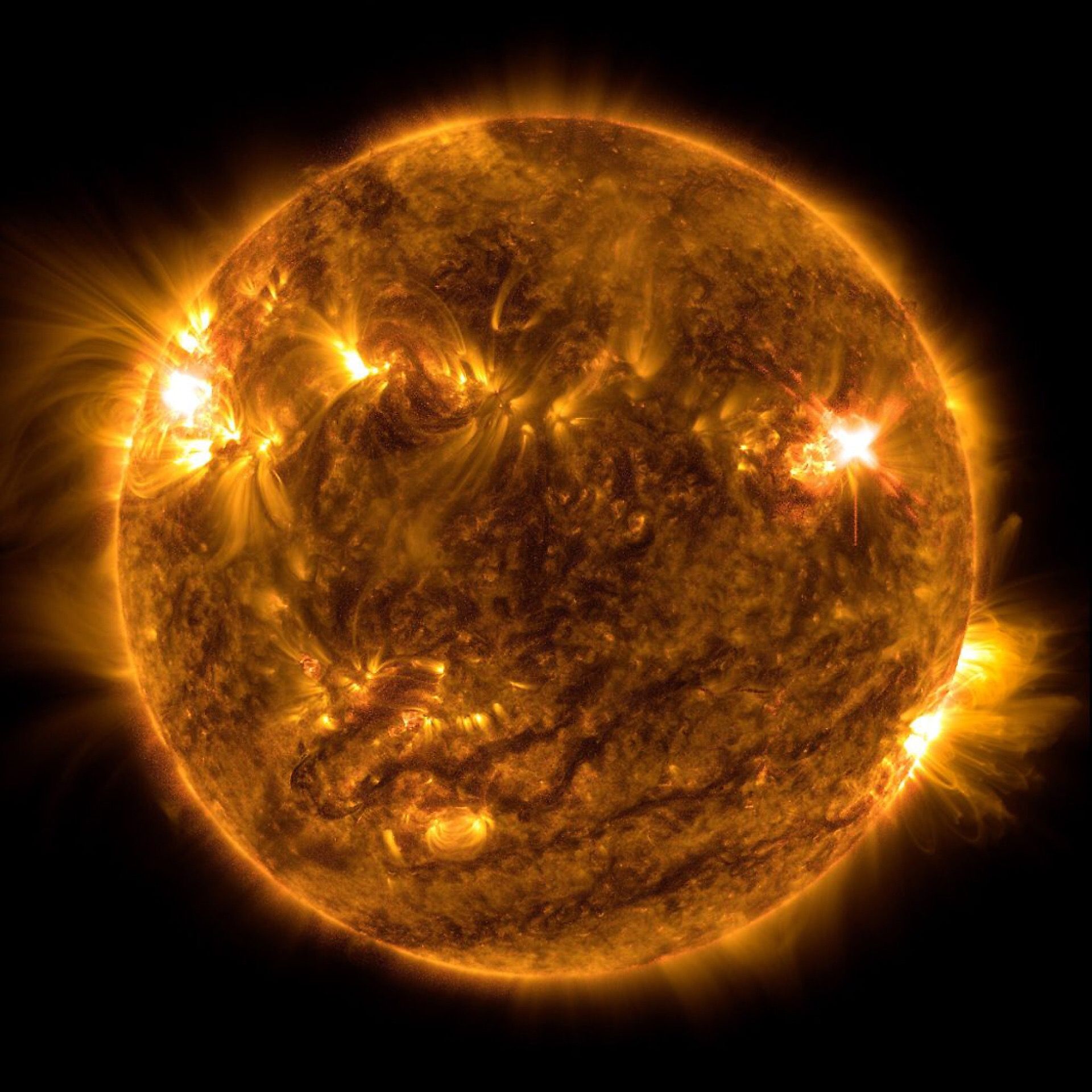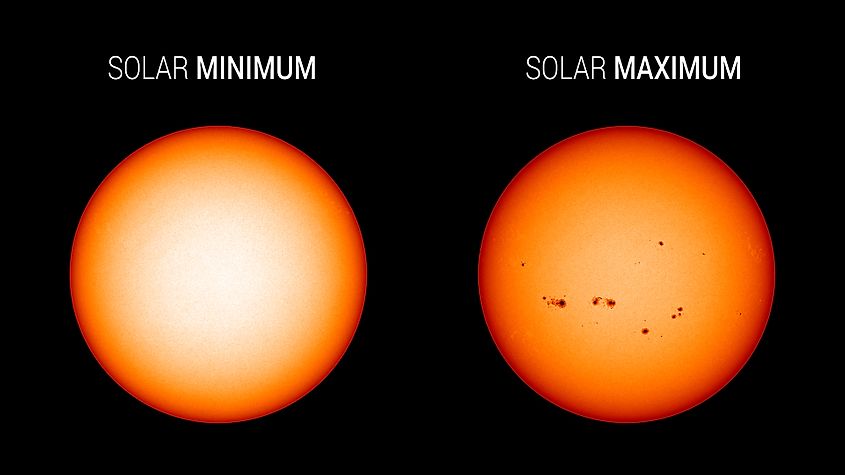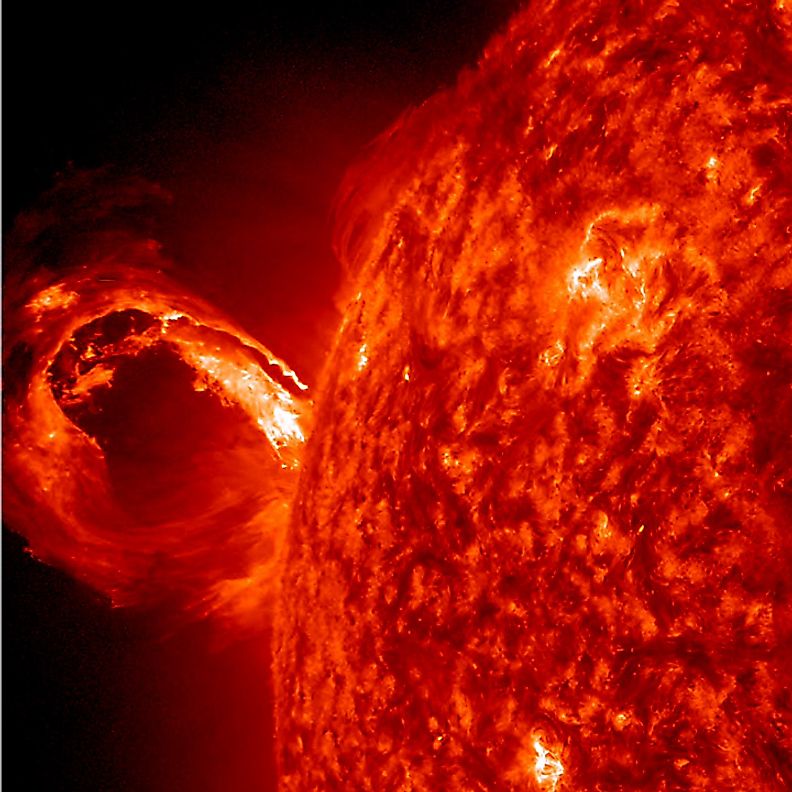
What Is The Solar Cycle?
The solar cycle is the approximately 11-year cycle of the sun’s magnetic field. During this cycle, the sun switches polarity. This means that the magnetic south and north switch positions. Earth also switches polarity, yet it happens over a much larger period time, approximately 300,000 years. The easiest way to determine where the sun is within this cycle is by counting sunspots. Sunspots are areas on the sun that are much darker than their surroundings because they are much colder. They are caused by changes in the sun’s magnetic field which is directly related to the solar cycle. Though the solar cycle averages around ten years, it can be as short as eight or as long as fourteen years. The sun goes through various degrees of intensity, even between different solar cycles. This means that not all solar cycles follow the exact same formula.
Solar Minimum

The solar cycle starts with the sun at solar minimum. This is also the time with the least amount of sunspots. These sunspots do not stay for very long and are usually found near the equator. When there are fewer than average sunspots during multiple solar cycles it is referred to as a grand solar minimum. The most well-known grand solar minimum was from 1645-1715 and is called the Maunder Minimum. Sunspot observation during this period showed less than 50 sunspots. During this time, Earth was going through a period of cooling known today as the “little ice age”. While decreased solar activity could have been a factor in this cooling, aerosols from volcanic activity also played a role. However, according to scientists, variations in solar activity play a minimal role in changing Earth’s climate.
Solar Maximum

The sun enters the solar maximum near the middle of the solar cycle. During solar maximum, the sun will have more sunspots than during solar minimum and they are usually located further from the equator. Solar maximum also marks some changes on Earth. Increased activity from the sun causes solar flares and coronal mass ejections to happen more often. Solar flares are eruptions of high-energy radiation from sunspots, while coronal mass ejections are large eruptions of plasma and magnetic fields. Both of these phenomena can affect the life expectancy of satellites. The radiation can also be harmful to astronauts aboard the International Space Station (ISS) while they are doing spacewalks. Within Earth’s atmosphere, solar activity can cause increased aurora.











